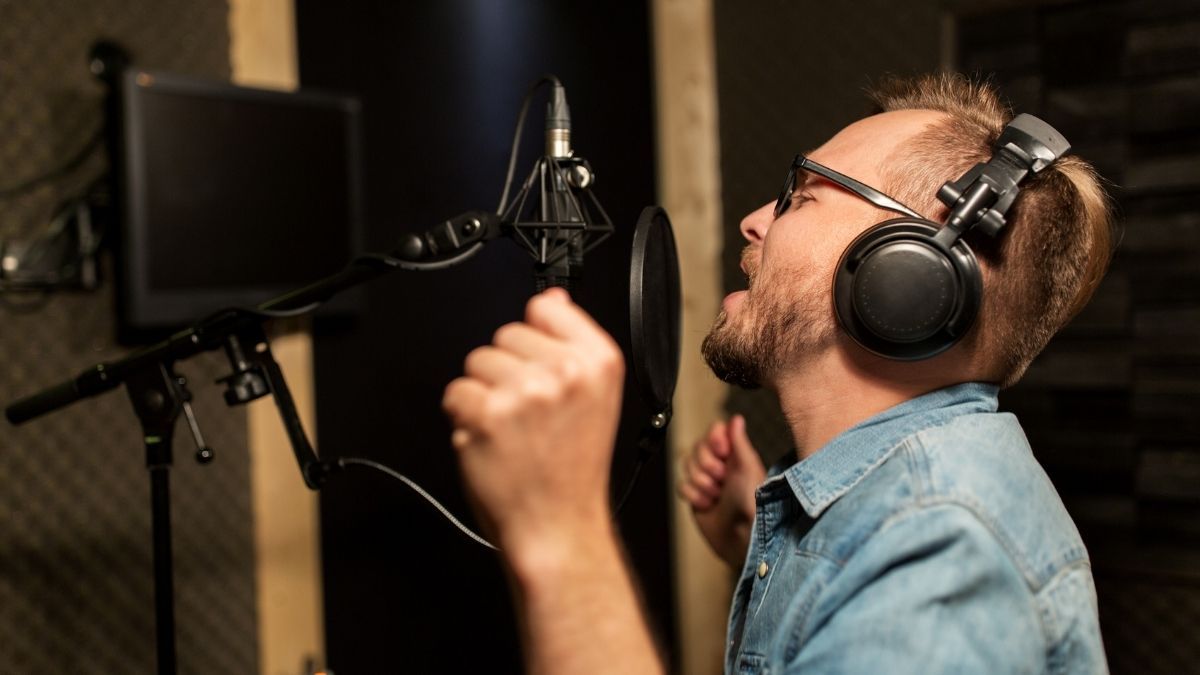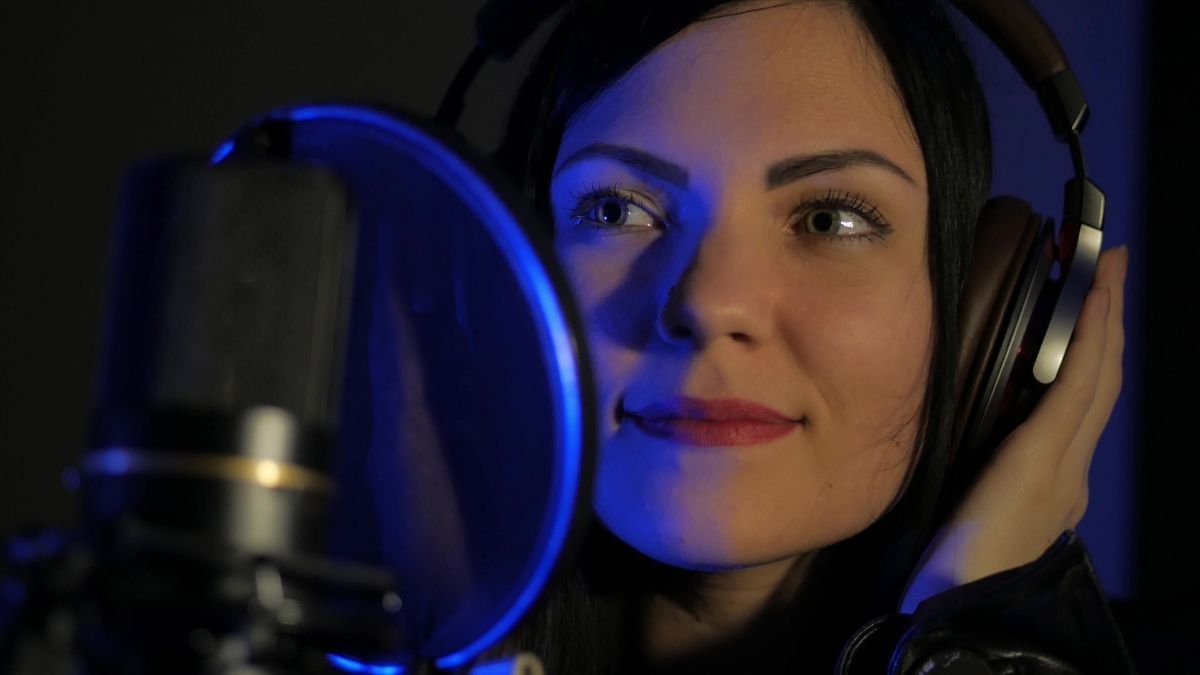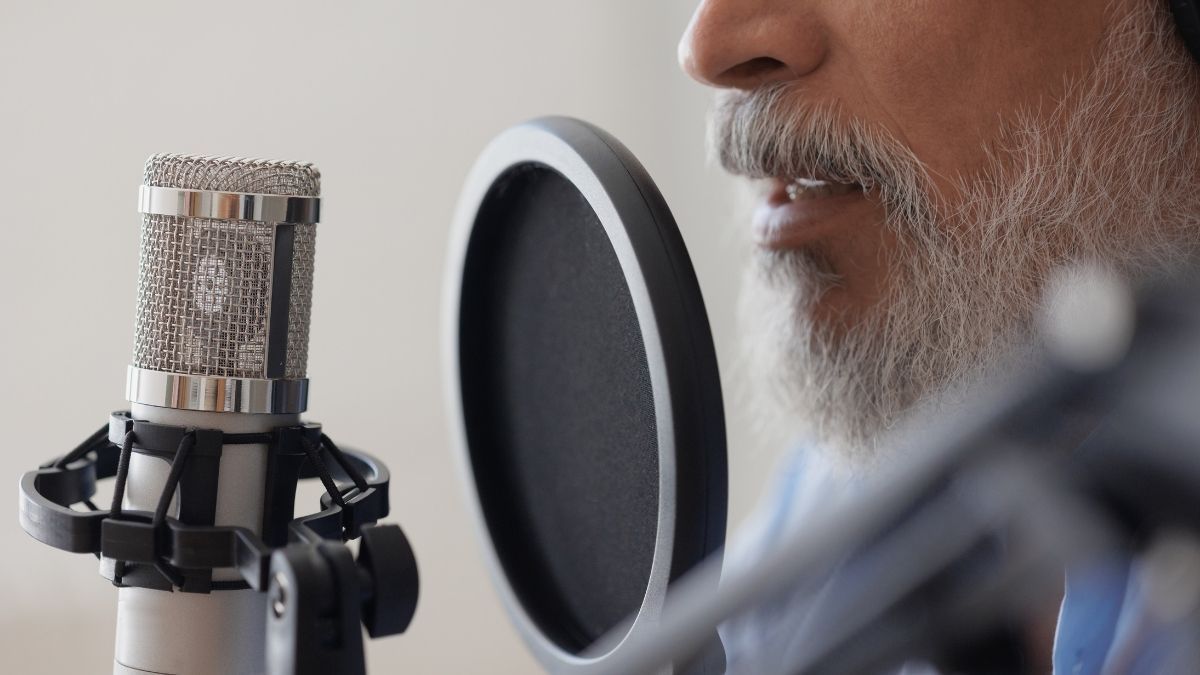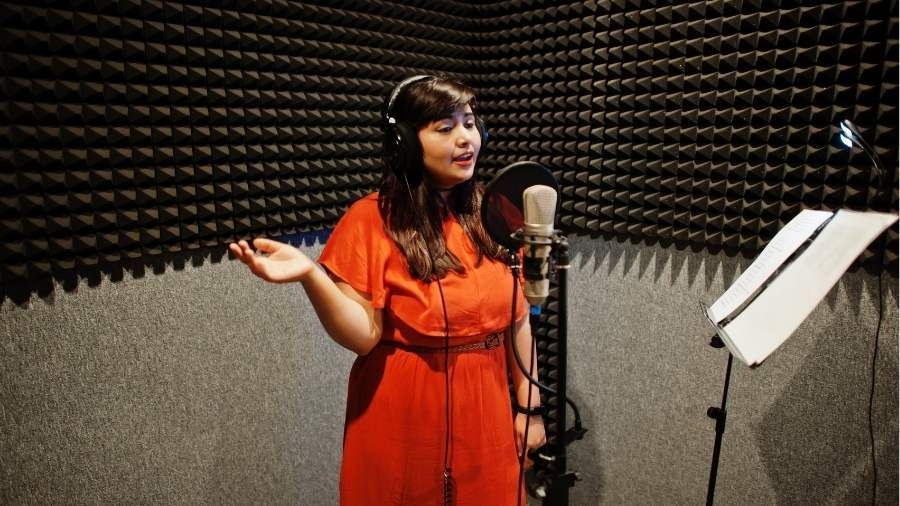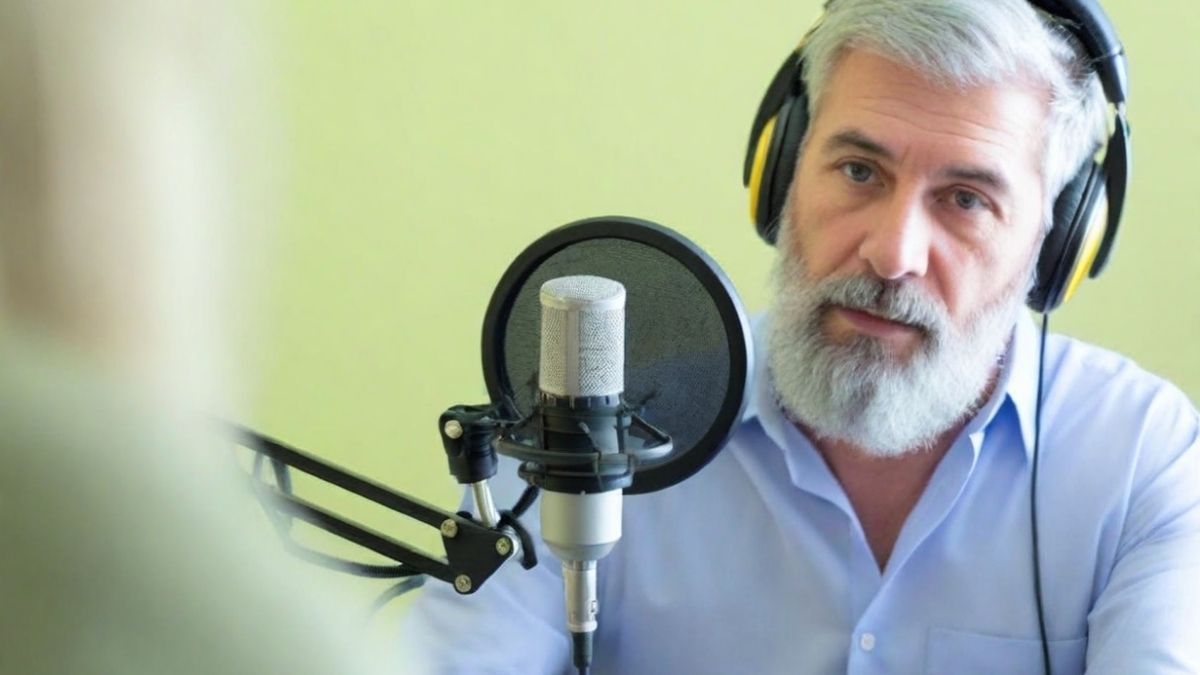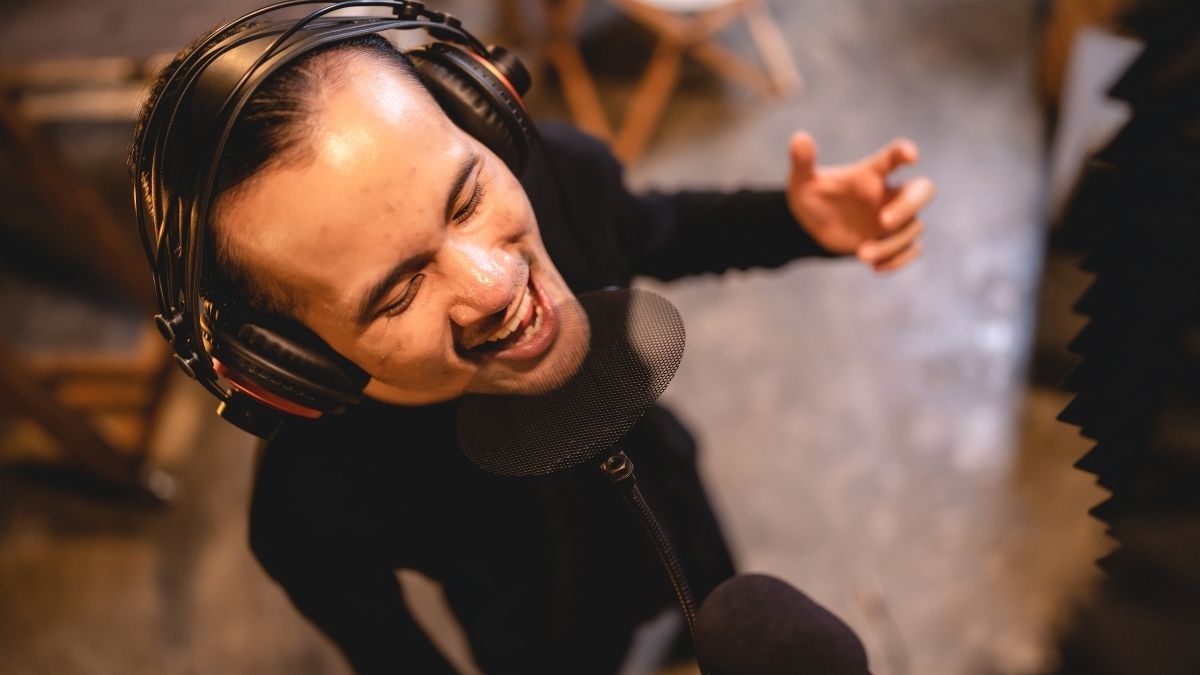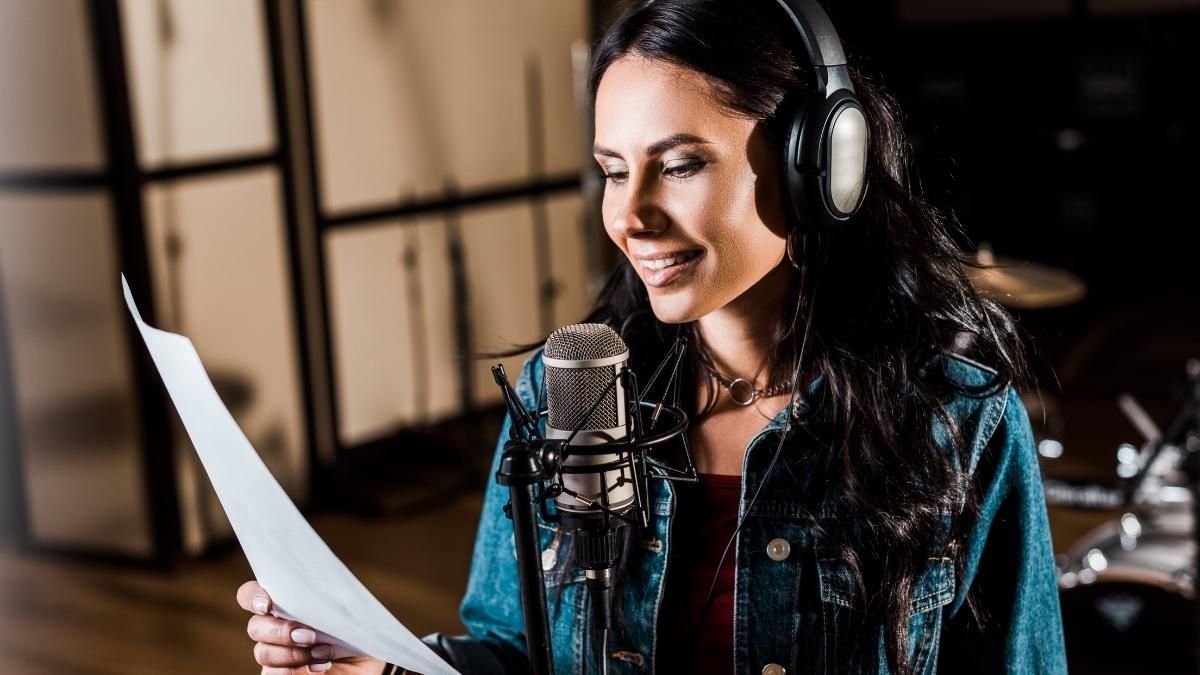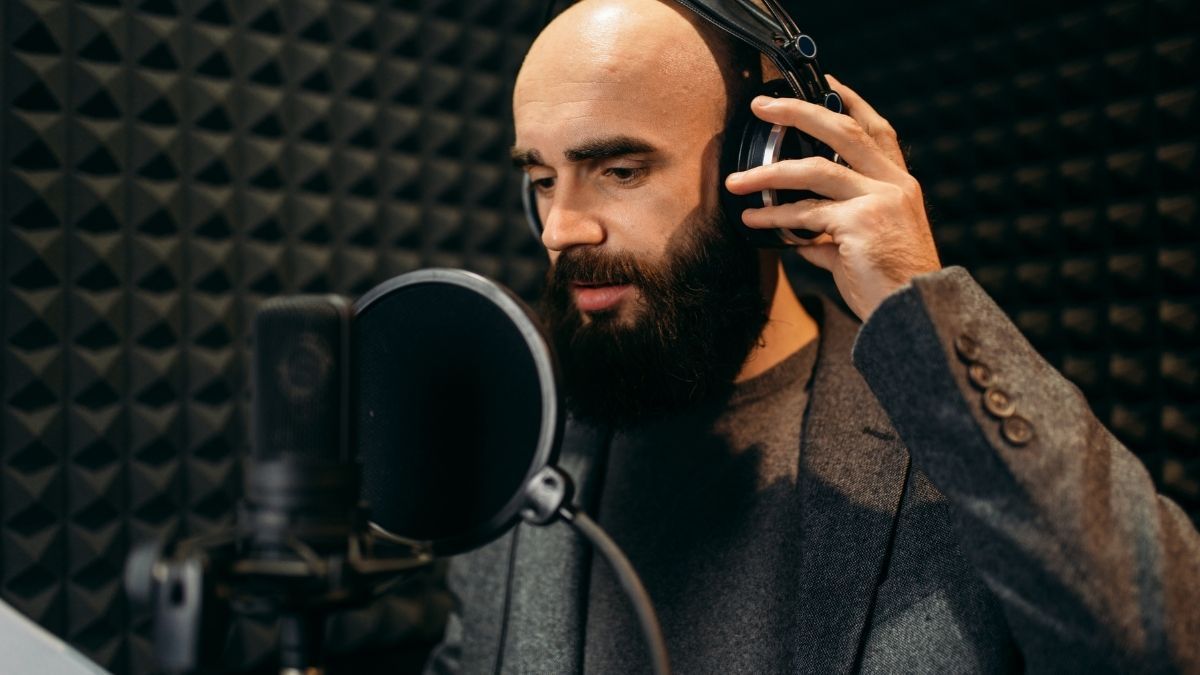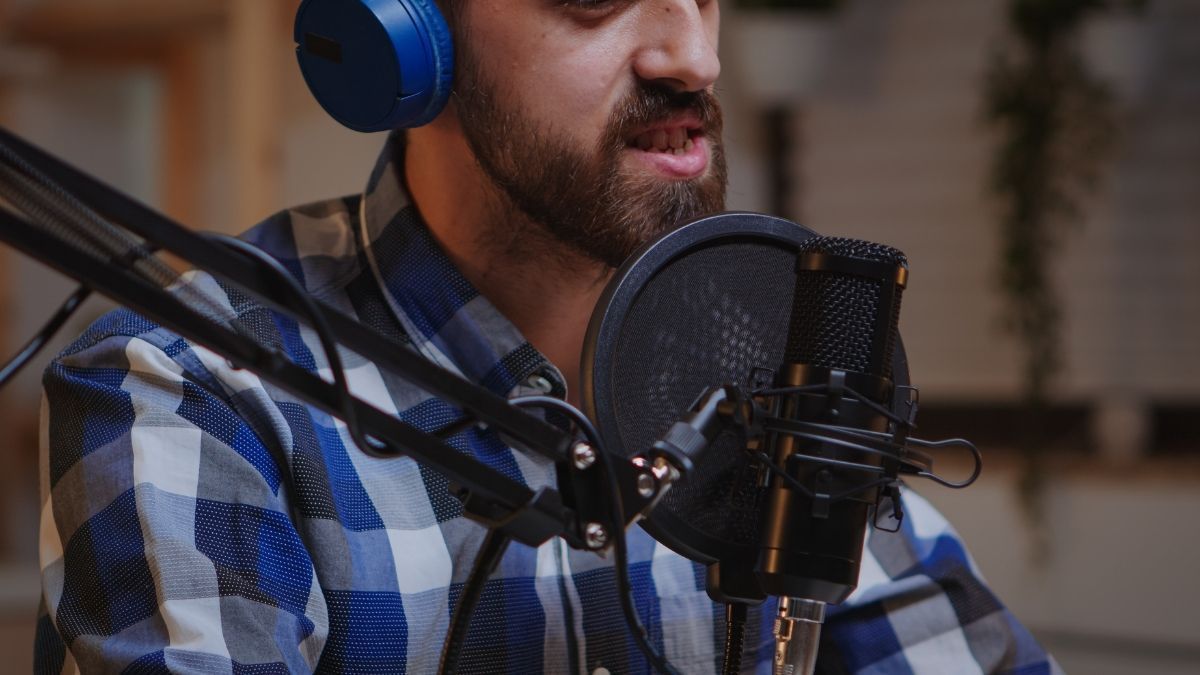Why microphone placement matters for voice over ?
There’s more to capturing a stellar performance than just having a great voice and high-end gear. One of the most overlooked aspects, yet one that can dramatically affect your sound quality, is microphone placement.
As a French experienced voice over artist I give you some tips.
Whether you’re new to voice acting or have been in the game for years (I'm a french voice actor since 2010), the right positioning of your mic can make or break your recordings. In this article, we’ll dive into the common pitfalls of microphone placement and provide practical solutions to help you elevate your recordings to a professional level.
Even the most expensive microphone won't save you if it’s not positioned correctly. Many voice-over artists focus heavily on the quality of their microphone, which is important, but the way you position it in your recording space is equally critical. Poor mic placement can lead to recordings that sound muffled, lack clarity, or emphasize unwanted sounds like sibilance, plosives, and excessive breathing.
Voice actors often believe that standing very close to the microphone gives their voice a deeper, richer tone.
While this is partly true due to the proximity effect—which boosts low-frequency sounds when you’re closer to the mic—getting too close can also muddy your recordings and make your voice difficult to understand.
This can be particularly problematic for projects requiring clear, long-form narration, such as audiobooks, e-learning modules, or corporate training videos. The proximity effect should be used sparingly and only when it enhances the specific content you’re recording.
Recognizing the common issues
Many issues with microphone placement become apparent only after you’ve listened to your recording.
For example,
if your voice sounds overly boomy or lacks clarity, you might be too close to the mic. Another sign is if your recording has noticeable sibilance—those sharp, piercing “s” or “sh” sounds—or plosives, which are caused by bursts of air hitting the microphone when you pronounce hard consonants like “p” and “b.”
Breathing noises and mouth clicks can also become more prominent when the microphone is placed too close. While these sounds can sometimes be reduced during editing, it’s much more efficient to minimize them during recording.
The right distance and angle
So, how do you find the perfect microphone placement? As a general rule, start by positioning the microphone about 20 to 30 cm away from your mouth. This distance typically ensures a balanced sound, capturing the richness of your voice without overwhelming the recording with low frequencies or picking up excessive breath noises.
To avoid plosives and sibilance, you can angle the microphone slightly
off-axis. This technique involves positioning the microphone
slightly to the side of your mouth instead of directly in front of it. By speaking just off to the side, you reduce the risk of harsh sounds while still capturing a clear and natural tone. Off-axis recording is particularly useful for controlling the high-frequency range, which is often where sibilance occurs.
When recording, aim to speak at a normal volume, keeping the peak level below -6dB and the average around -20dB RMS. Be sure to distinguish between these two levels, as most DAWs measure both.
For mic positioning, adjusting the horizontal angle affects sound quality: increasing the angle reduces high frequencies, while decreasing it brings in more direct sound, which can increase sibilance and plosives. A typical angle ranges between 10 and 20 degrees.
Vertical adjustments, like raising or lowering the mic, can also change your voice's tone. A higher mic reduces bass, while angling it downwards captures more chest resonance.
Making adjustments based on the content
While 20 to 30 cm is a good starting point for most recordings, the exact distance and positioning may need to change depending on the project. For example, if you’re recording a character voice that requires a more intimate, close-up sound, you might want to move closer to the microphone. However, be mindful of the proximity effect, and make sure it adds to the emotion or tone of the voice, rather than creating an unpleasant, muddy sound.
For more dynamic, louder recordings, you might need to increase the distance between you and the microphone. This will prevent distortion and give your voice room to breathe in the recording. Always make test recordings to check the sound before committing to a final take. Each adjustment you make to your microphone placement can affect the overall balance and quality of your voice-over.
Preventing common problems
While some issues can be corrected in post-production, it's always better to fix them at the source. For instance, using a pop filter can significantly reduce plosives. Pop filters are essential tools that soften the impact of air hitting the microphone, preventing those harsh popping sounds. They’re also great for reducing sibilance when placed correctly between your mouth and the microphone.
Another key tip is to
stay hydrated. Many voice artists underestimate how much hydration affects their sound. A dry mouth can lead to lip smacks, clicks, and other unwanted noises. Avoid diuretic drinks like coffee or tea before recording, as these can dry out your vocal cords and worsen the issue.
Perfecting your mic setup
Achieving the best microphone placement is part science and part art. What works for one person may not work for another, as each voice has unique tonal qualities, and every recording space has its own acoustics. That's why experimentation is crucial. Try different distances and angles, and always listen back to your test recordings to evaluate the results.
If you find that your recordings still suffer from issues like excess low end or high-frequency harshness, take a look at the acoustic treatment of your recording space. Microphone placement and room acoustics go hand in hand, so positioning the microphone in a well-treated room is vital for reducing unwanted reverb and reflections.
Conclusion
Mastering microphone placement can dramatically improve your voice-over recordings. By understanding the common pitfalls—like being too close to the mic or failing to control plosives and sibilance—and taking the time to experiment with distance, angle, and room setup, you’ll be well on your way to producing cleaner, clearer audio. Remember, it’s not just about having the best microphone—it’s about using it effectively to showcase your voice in the best possible light.










